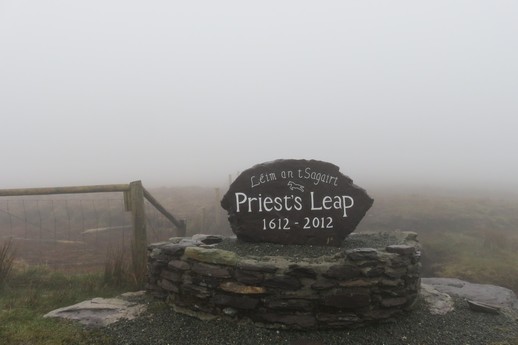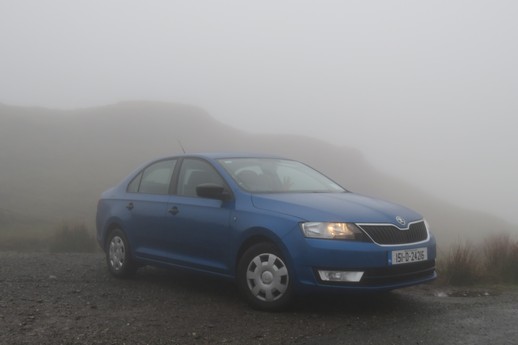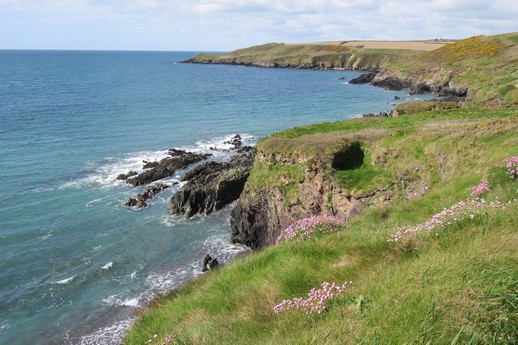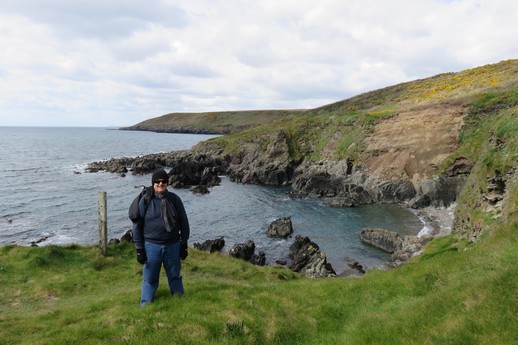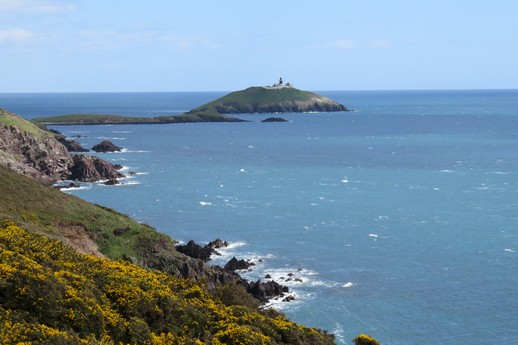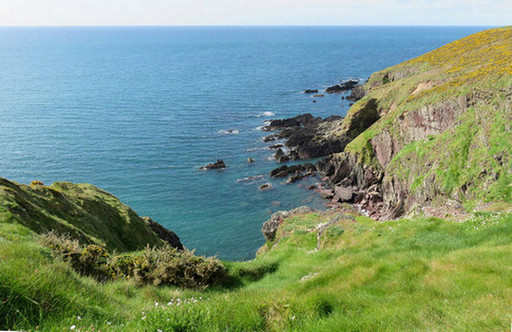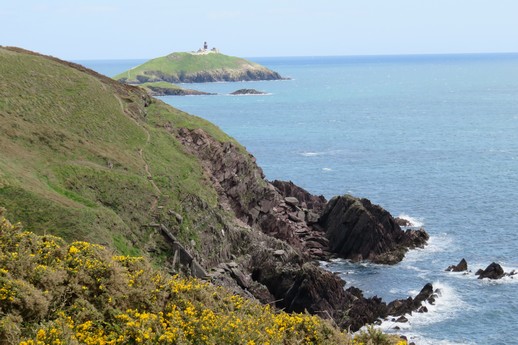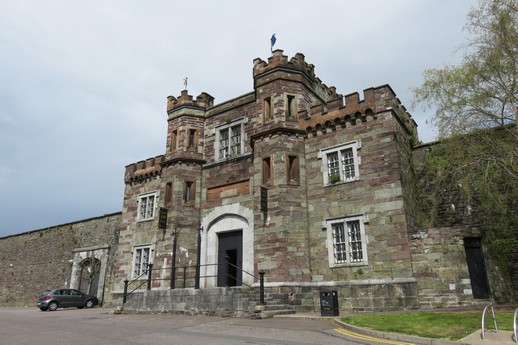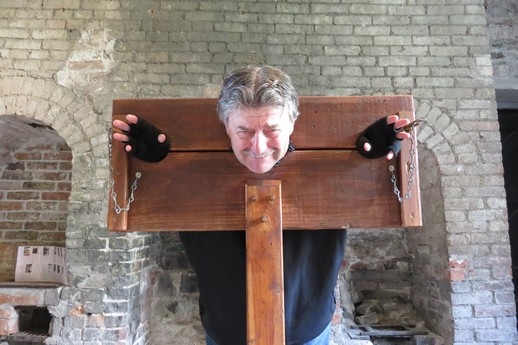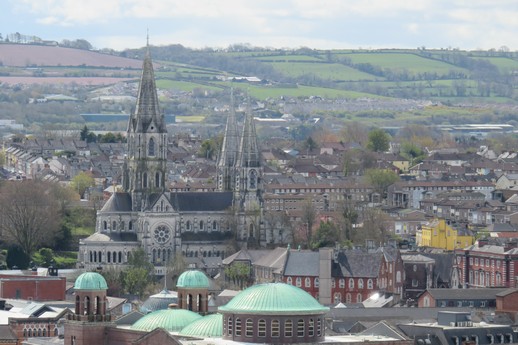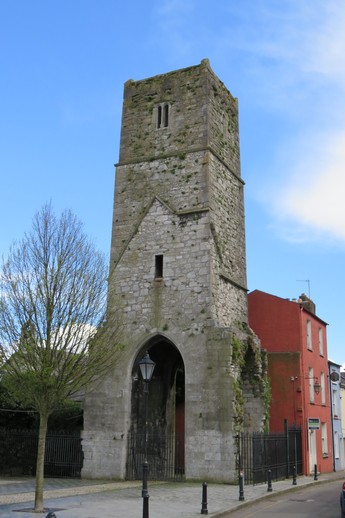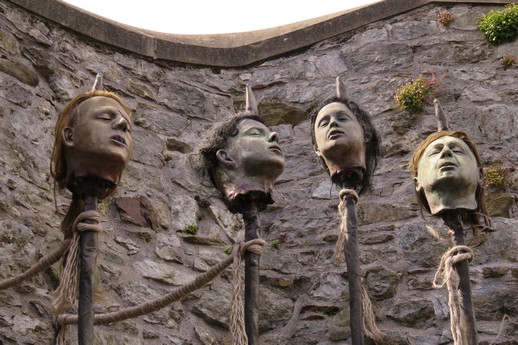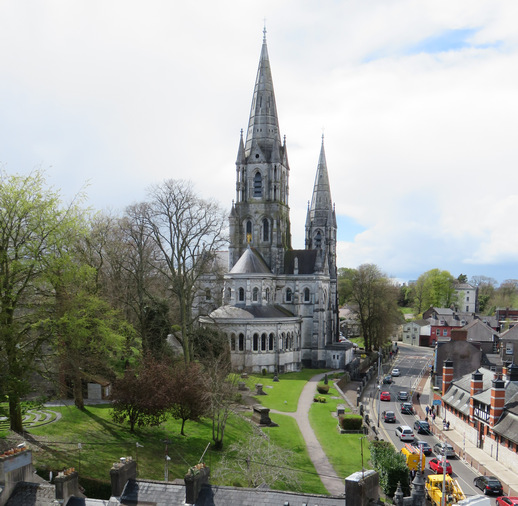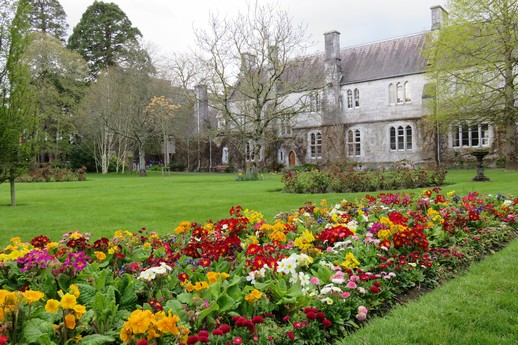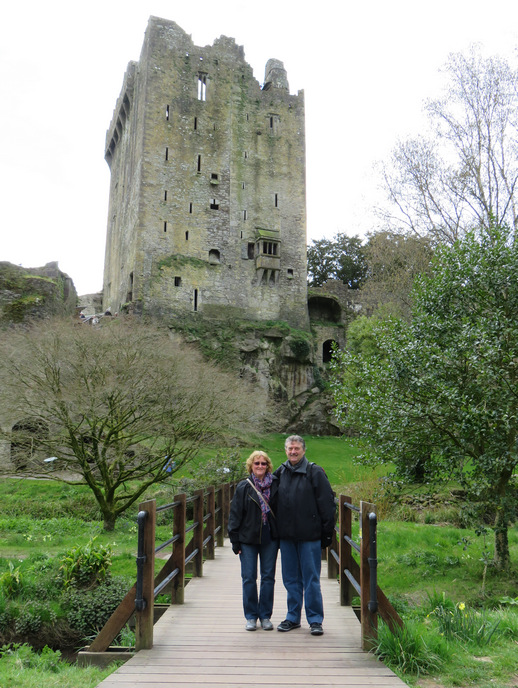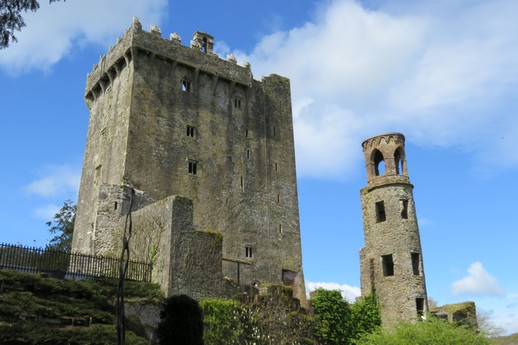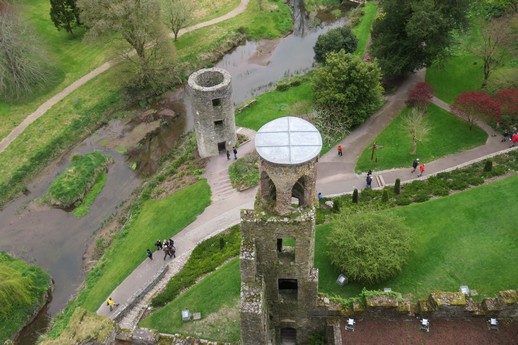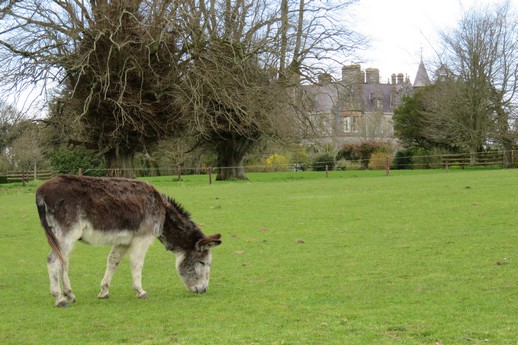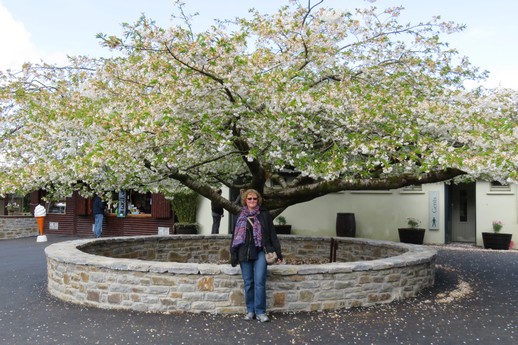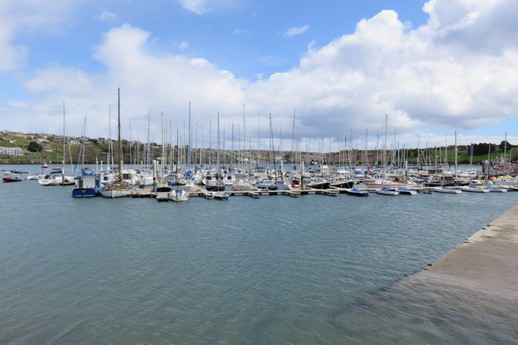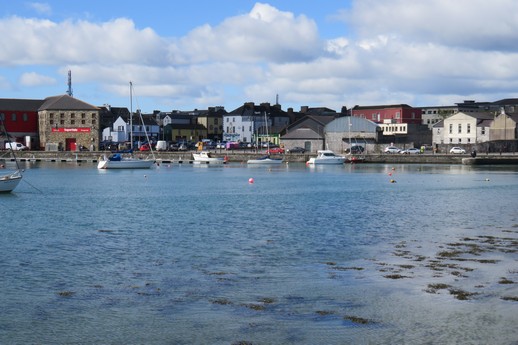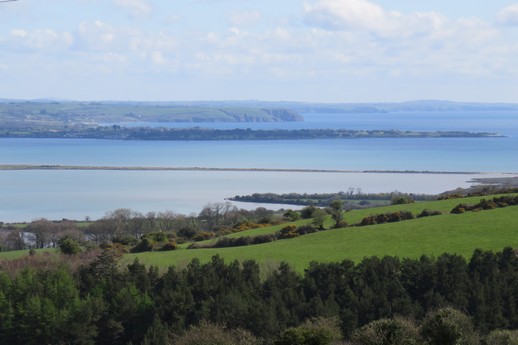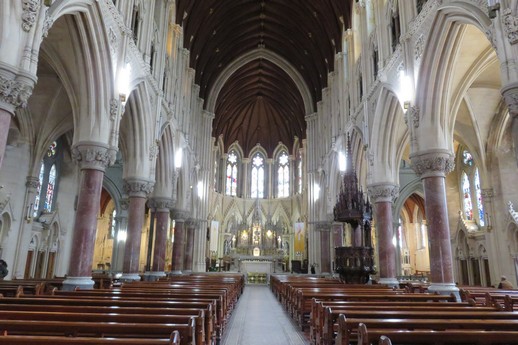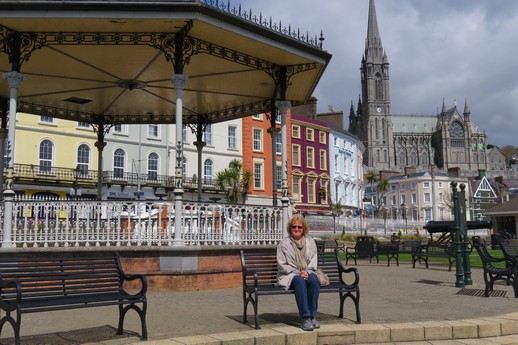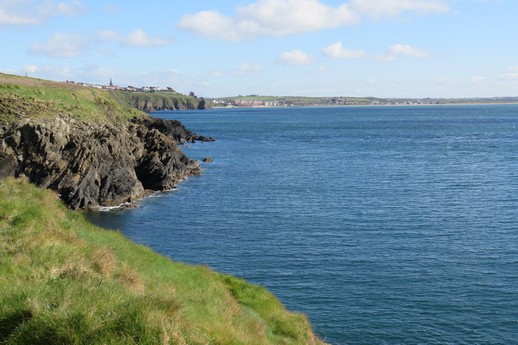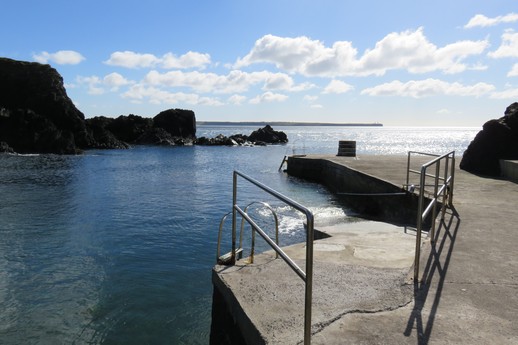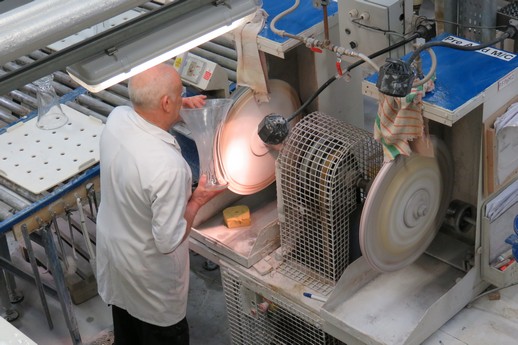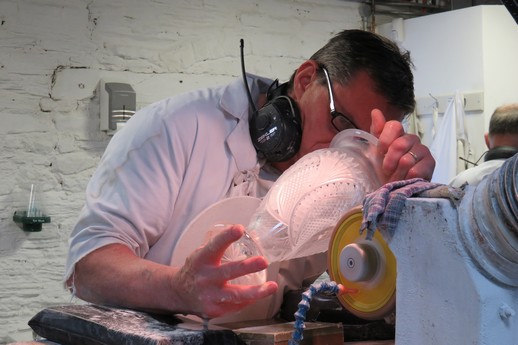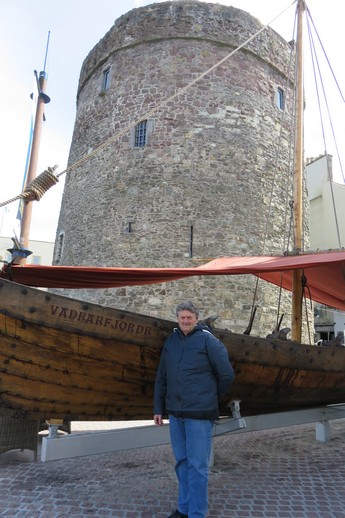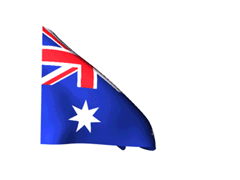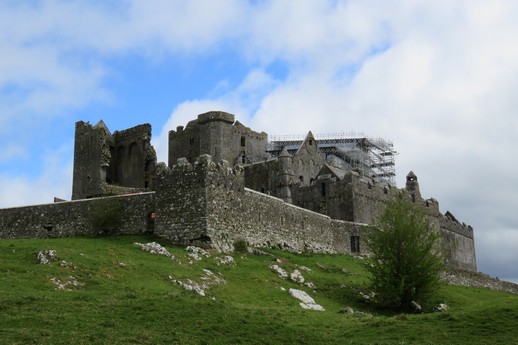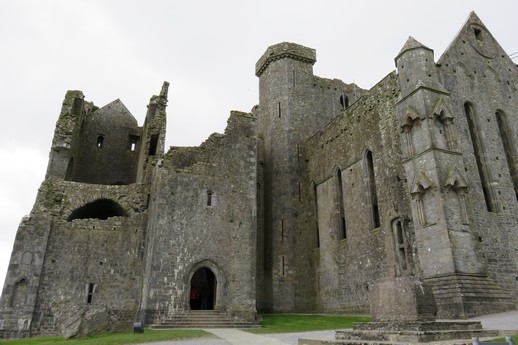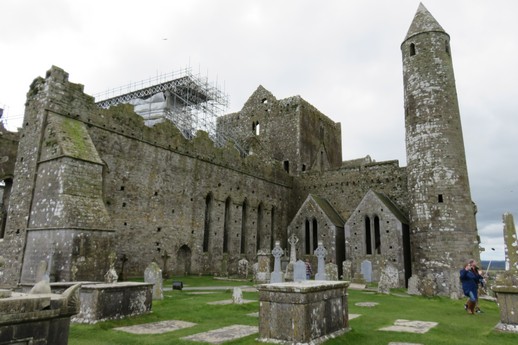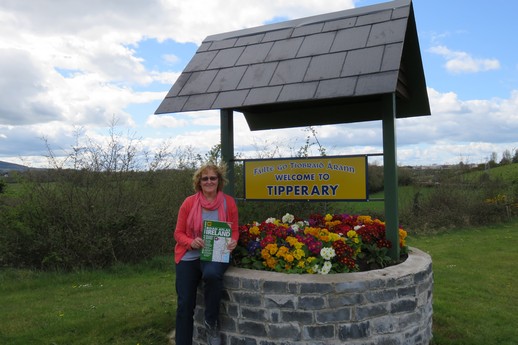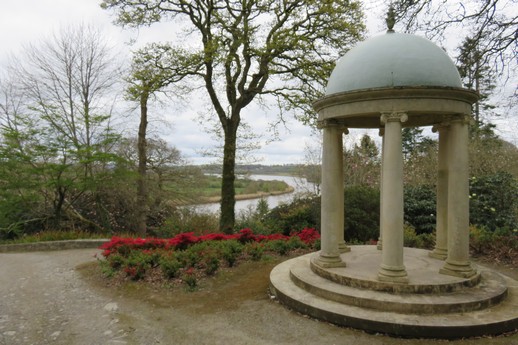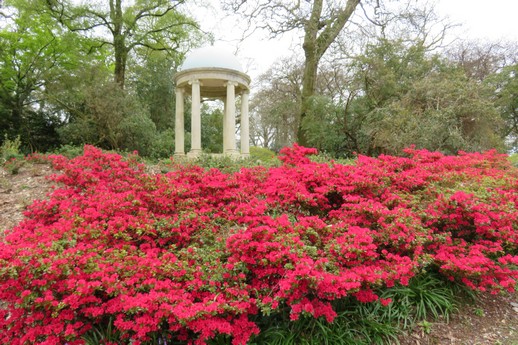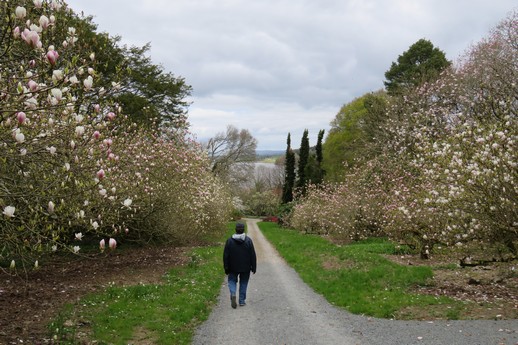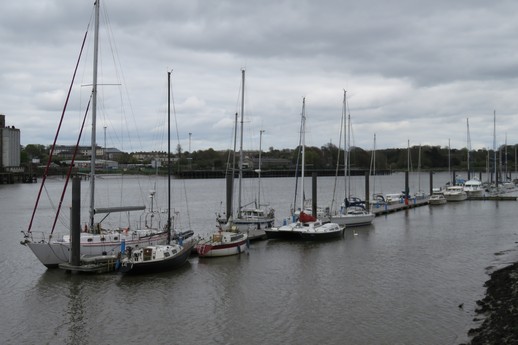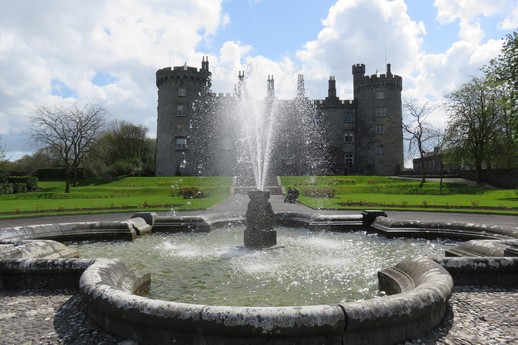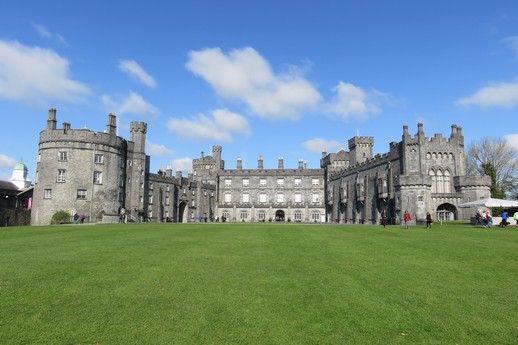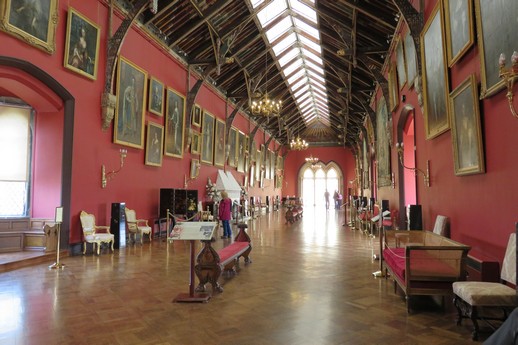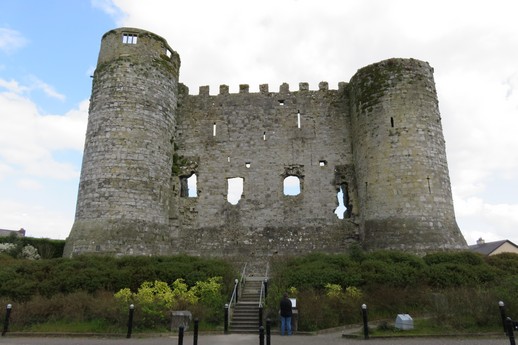“The Lord of the Rings” by J.R.R Tolkien contains a poem with the line;
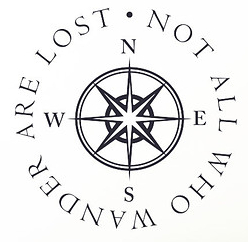
Today, with due homage to the words of Tolkien and faith in our trusty GPS, we travelled The Ring of Kerry, a circular tourist route in County Kerry, south-western Ireland. Starting from Killarney it follows clockwise the N71 to Kenmare, then the N70 around the Iveragh Peninsula to Killorglin – passing through Sneem, Waterville, Cahersiveen, and Glenbeigh – before returning to Killarney via the N72. The total route is almost 180 km.
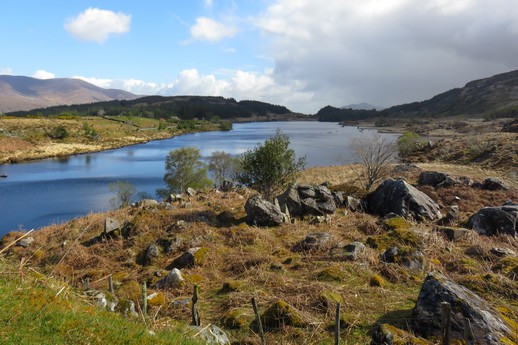
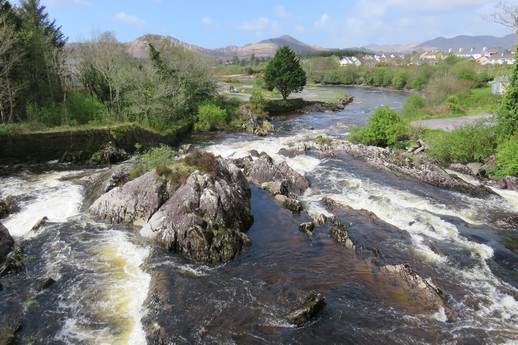
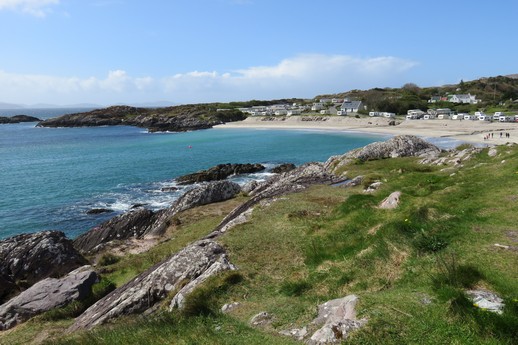
The Ring is a popular day trip and numerous bus companies offer circuits during the summer months. As the narrow roads make it difficult for tour coaches to pass, all tour buses run in an anti-clockwise direction, traveling via Killorglin first. There are many travel blogs suggesting that car drivers should travel in the opposite direction, going first to Kenmare to avoid delays caused by tour buses. Others advise traveling anti-clockwise to avoid having to pass the buses. We decided to travel anti-clockwise and didn’t have any difficulty with the three buses we encountered during the day.
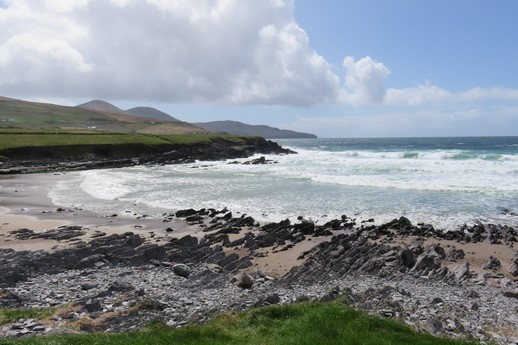
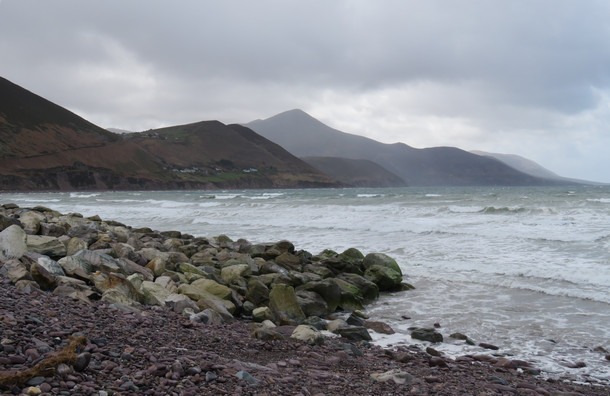
We did however, have difficulty with a tractor towing a low-loader carrying a bulldozer. We were going up the incline and he was coming down. The tractor had reversed up a little to let the car in front pass but then decided he didn’t want to let me through and advanced causing me to try to reverse my car into the embankment on the right hand side of the road to create enough room for him to pass. This I did, but as he proceeded to pass me he stopped (thankfully) realizing that he wasn’t going to make it past me without rearranging the paintwork and metallic exterior on the left side of our car. And then we just sort of sat there. He couldn’t go forward and wouldn’t go backwards and I felt I was as close to the embankment as I could be. As the stalemate proceeded, the tractor driver proffered various words of encouragment (with vigour) and so prompted, I buried the car further into the embankment hoping that it was only soil beneath the grassy covering and not rocks. Having provided a further few additional centimetres of width, the tractor with the bulldozer slowly passed by. A hundred metres up the road I was able to pull over to inspect the car – expecting to see a new set of GT stripes down the left hand side to match the new bumps and scratches on the right hand side. I had visions of our insurance waiver flying away, off into the wild blue yonder. But fortune favours the brave and we emerged with no noticable damage to the car. We did, however, have elevated heart rates for the next ten minutes though.
Our transit of the Ring of Kerry otherwise proceeded without issue. We stopped for a cup of tea and a slice of cake at the island of Valentia enjoying some welcome sunshine and a pause from the wind.
